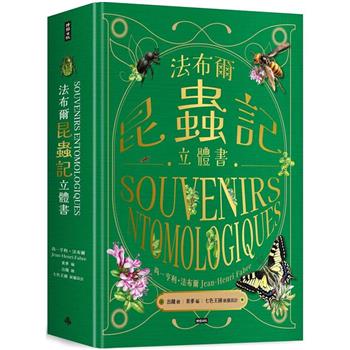Ireneusz Grabowski - professor of physical sciences, specializes in theoretical physics and quantum chemistry. Director of the Institute of Physics of the Faculty of Physics, Astronomy Informatics at the Nicolaus Copernicus University (NCU) in Toruń, Poland. He graduated from NCU (MSc in computer physics). In 1999 he received a Ph.D. degree in theoretical physics and in 2009 he obtained a habilitation. His research interests include describing the electron correlation effects in many-electron systems, many-body perturbation theory, coupled cluster method, density functional theory (DFT), orbital-dependent exchange-correlation functionals and OEP methods in DFT, non-covalent interactions, and numerical methods in quantum chemistry and physics. His work focuses on developing new computational methods for correctly and effectively describing the electron correlation in the electronic structure of atoms, molecules, and solids. Since 1992 he has worked at the NCU in Toruń. In the meantime, he was also working as a postdoc and visiting professor in Quantum Theory Project, the University of Florida, USA, Istituto Nanoscienze-CNR, NNL-Lecce & Center for Biomolecular Nanotechnologies @UNILE, Italian Institute of Technology, Lecce, Italy, UPMC Sorbonne Universités, Paris, and Lehrstuhl für Theoretische Chemie, Universität Erlangen-Nürnberg, Erlangen, Germany.
Karolina Slowik is an associate professor at the Institute of Physics, Nicolaus Copernicus University in Toruń, Poland, where she obtained her PhD in physical sciences in 2012. She spent her postdoctoral years in Germany at the Friedrich Schiller University in Jena and the Karlsruhe Institute of Technology, which both are excellent centers for photonics. Her background covers the quantum theory of light-matter interactions in various aspects, from quantum nanophotonics to optically dressed atomic media to optical properties of low-dimensional structures and materials.
Jean Maruani, born on December 28, 1937, in Tunis to a middle-class Sephardic family, pursued versatile studies in Paris, obtaining a Doctorat ès-Sciences Physiques at Sorbonne in 1966 under the supervision of Pr Roland Lefebvre. After collaborating with institutions like the CEA, Pasteur Institute, and LCIE, he spent two years in Charles McDowell’s group at UBC in Vancouver. In 1968, he secured a permanent position at CMOA of CNRS, directed by Pr Raymond Daudel. Jean Maruani, a prolific researcher, has authored around 150 papers on the Structure and Dynamics of Molecular Systems, particularly in Magnetic Resonance and Photoelectron Spectroscopy. His contributions include solving pending problems in these fields, introducing novel concepts for non-rigid and approximate symmetries, and delving into Dirac electron properties and a quantum theory of biological evolution. He has co-organized about 30 scientific meetings, co-edited about 50 volumes, and founded a scientific journal and book series. He has also created the CMOA Prize and Medal, respectively, for junior and senior scientists. In spite of retirement in 2005, he remains very active, organizing annual QSCP meetings around the world. Jean Maruani is honoured with a Doctorate Honoris Causa from the University of Sofia, a Golden Medal from the City of Paris, and titles like Chevalier des Palmes Académiques and Corresponding Member of the European Academy. He also engages in classical singing and philosophical talks. He married composer Marja Rantanen in 1969, and they have three children and six grandchildren.
Erkki Brändas is a quantum chemist and graduate from the Faculty of Science at Uppsala University, Sweden, and Professor Emeritus at the Department of Chemistry, Uppsala University, Sweden. He has served as Visiting Professor at the University of Florida, USA, Technion, Israel, and TU, Darmstadt, Germany. His research concerns theoretical chemical physics from atoms and molecules to complex enough systems in biology. In particular, he has studied resonance structures in condensed matter, such as high-temperature superconductivity, anomalous proton conductance in aqueous solutions, and the molecular theory of evolution and the genetic code. The theoretical developments involve analytic investigations of differential equations, spectral generalizations to open systems, and the application of the combined Fourier-Laplace transform to understand the origin of communication in biological systems. An unanticipated result is a novel complex symmetric Jordan form, which provides a fundamental ingredient in establishing a syntax for biological information. In addition to his positions as professor of quantum chemistry and chairman of the department of quantum chemistry, he was appointed Executive Director of the Graduate School ’Advanced Instrumentation and Measurements’, supervising the doctoral education of 35 PhD’s. He received one of the first European Community grants in Sweden and has participated in various European projects, including Prigogine’s Expert Panel on Complexity. He is the current president of the International Society for Theoretical Chemical Physics and a member of several editorial boards at Wiley, Springer, Elsevier, including Editor-in-Chief of the International Journal of Quantum Chemistry, Wiley, and Advances in Quantum Chemistry, Elsevier.











